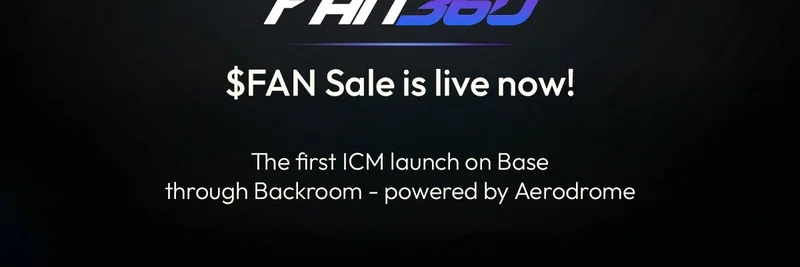Hey there, crypto enthusiasts and blockchain developers! If you’ve been keeping an eye on the latest Web3 innovations, you’ve probably heard about the Solana Seeker, a revolutionary mobile device set to launch next month. But what’s the buzz about the Mobile Wallet Adapter (MWA) and why should you care? Let’s dive into a recent tweet from Emmett (@m_it) that sheds light on this game-changing technology.
What’s the Mobile Wallet Adapter All About?
Emmett’s tweet, posted on July 21, 2025, highlights a critical point: the Seeker is arriving soon, and its default wallet—Seed Vault Wallet—is designed to be slick and user-friendly. However, there’s a catch. If developers don’t integrate the MWA into their decentralized apps (dapps), the wallet experience could feel clunky, making both the wallet and the app look bad. The good news? MWA isn’t just for Seeker—it works across all Android devices! This means it’s a no-brainer for any developer building on Android.
So, what is MWA? Think of it as a bridge that connects dapps to mobile wallets seamlessly. It allows users to connect or sign transactions with a handy bottom-sheet interface (similar to Apple Pay), without leaving the app. No more awkward in-app browsers or embedded wallets that slow things down. According to the Solana Mobile Docs, MWA 2.0 is the latest spec, making it easier than ever to implement with libraries like those from anza_xyz.
Why It Matters for Seeker and Beyond
The Seeker, set to ship in August 2025, is more than just a phone—it’s a Web3 banking device with a focus on security, thanks to features like the Seed Vault. Emmett emphasizes that skipping MWA could hurt your app’s reputation, especially on this new device. But the real kicker? This tech isn’t limited to Seeker or even the Saga phone. Any Android user with a compatible wallet can benefit, opening up a massive market for developers.
In the thread, Cloakd (@CloakdDev) raises a valid concern: with many users already using wallets like Phantom, is MWA necessary? Mike (@somemobiledev) counters this by pointing out that native apps offer a better experience with features like push notifications and camera access—things in-app browsers can’t match. Plus, the dapp store powered by MWA could unlock new app ideas, making it worth the dev time.
How Easy Is It to Implement?
Emmett makes it clear: MWA is “extremely easy to implement.” If you’re already using wallet-adapter libraries from anza_xyz, you’re almost there! He even suggests reaching out to @somemobiledev for help. The GitHub repo offers Android and JavaScript implementations, complete with demo dapps and wallets, so you can get started today.
What’s Next for Developers?
Emmett’s call to action is clear: integrate MWA to future-proof your dapps. Whether it’s the allure of a polished Seeker experience or the broader Android ecosystem, this tech could 10x your app’s UX. If you’re on the fence, consider this—dev time and maintenance might be a hurdle, but the potential to stand out in the growing Web3 space is huge. Plus, with Seeker’s launch looming, now’s the perfect time to jump in.
So, what do you think? Will you give MWA a shot for your next project? Drop your thoughts in the comments, and let’s chat about how this could shape the future of dapp development!

